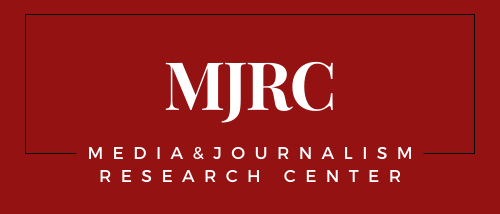Key Findings
Argentina is located in the southernmost part of Latin America. It has over 46 million inhabitants. The main language spoken in the country is Spanish, and its predominant religion is Catholicism. Since 1983, Argentina has had a democratic government system that formally guarantees freedom of the press in its Constitution. The legal framework is limited to the regulation of citizens’ rights and journalists’ responsibilities.
Argentina has a robust media structure. There are many newspapers throughout the country. Radio and television have nationwide coverage through a system that privileges licenses to the private commercial sector. State radio stations and television channels also have a nationwide presence, but with very small audiences. In 2005, non-profit community radio and television was authorized to broadcast.
The level of access to communication services shows high penetration rates. Pay television (cable and satellite) has maintained a wide penetration since the 1990s and currently reaches 70% of households. News programming holds a relevant place. Mobile telephony, which developed in the 1990s, is used by the entire population. It is the main access route to the internet, especially in popular sectors. The penetration of internet services in households is lower than that of mobile telephony. Only in recent years has the introduction of fiber optic to home begun to take shape, although for now it is only available in some large urban centers.
Regarding the market structure, one of the characteristics of the media system in Argentina is the high concentration of ownership. The Clarín Group is the main player in the communication system, with important positions (first or second largest player in each market) in print media, radio, open and paid television, fixed and mobile telephony, and home internet distribution. It is an unprecedented case, even at the level of Latin America, of dominance in content production markets and at the same time in their distribution.
Historically, Argentina has shown significant development in its cultural industries, especially when compared to the region. The media has had high rates of consumption. However, in recent years, analog media has lost importance. This situation is more evident in the print press and is beginning to impact television and radio. On the other hand, digital media, especially information distribution through platforms, is gaining space.
At the regulatory level, during the first government of Cristina Fernández de Kirchner (2007-2011), a new legal framework was established for the audiovisual system. In October 2009, Congress approved the Audiovisual Communication Services Law (No. 26522/09), which has notable elements regarding regulation within a democratic framework. For example, it reserves 33% of the radio spectrum for non-profit organizations.
However, the law voted by the Congress in 2009 had a short life. When the center-right alliance led by Mauricio Macri (2015-2019) won the political power, important modifications to Law 26522 were made through a presidential decree. The main changes took place in aspects related to the structure of the audiovisual system, and most of the concentration limits were removed. The institutional design of the regulatory authority was also reorganized, and a convergent body for the media and telecommunications sector was established.
Future Outlook
The Argentinian communication system is undergoing a major transformation. Currently, there is uncertainty about the economic model that allows content producers to continue their work and remain sustainable. The migration of audiences and advertisers to platforms jeopardizes the production capacity of the sector. The most pronounced crisis is in print media, but the threat is starting to become visible in the television market, too.
The digitization of the Argentine advertising market has accelerated in recent years especially starting with the Covid-19 pandemic. Half of it is captured by the internet (networks, platforms, and portals). Although tech platforms, especially Google and Facebook, have established some mechanisms of compensation towards the news media through economic aid programs, those do not offset the loss of income. This situation puts the media diversity in the country at risk.
Thus, while the communications market and its services are concentrated in fewer and fewer hands with a strong presence of foreign capital, the circulation of news and information is trapped in its distribution through digital platforms where Google and Meta act as true gatekeepers with little willingness to negotiate with content producers.
In this context, the dispute between the main producers of journalistic content in the country and the tech platforms has not made it to the top of the public agenda. The prolonged economic crisis of the Argentine economy as a whole aggravates this situation. First, because consumers restrict their consumption. Second, because the issue of media financing is far from being a priority. And third, because political parties do not seem to understand these shifts.
Therefore, while communication and connectivity are central to social life for Argentinians, the concentration of profitability in the system is weakening the economic sustainability of content producers.
Support independent media research – your donation helps keep our work open.
Donate